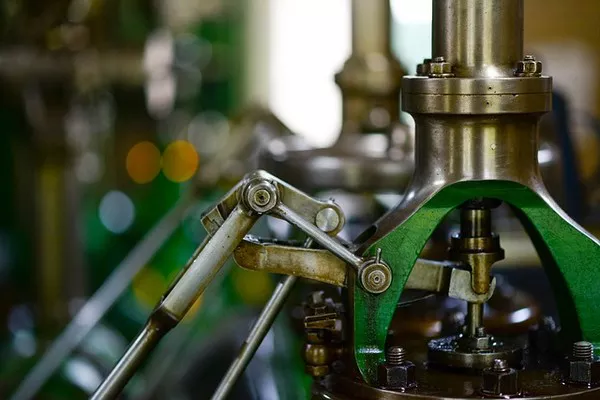Sheet metal finishes play a pivotal role in enhancing the aesthetic appeal, durability, and corrosion resistance of metal products. Among the myriad finishing techniques available, plating and polishing stand out as popular choices for achieving a variety of desired outcomes. In this article, we will delve into 11 plating and polishing options for sheet metal, shedding light on their unique characteristics and applications.
1. Electroplating
Electroplating is a widely used technique that involves depositing a thin layer of metal onto the surface of the sheet metal through electrolysis. Common metals used for electroplating include chromium, nickel, and copper. This process not only enhances the visual appeal but also provides a protective layer, preventing corrosion and wear.
2. Zinc Plating
Zinc plating, also known as galvanization, involves coating the sheet metal with a layer of zinc to protect it from corrosion. This process is particularly effective for outdoor applications where the metal is exposed to harsh environmental conditions. Zinc plating not only provides corrosion resistance but also acts as a sacrificial anode, protecting the base metal.
3. Gold Plating
Gold plating adds a touch of luxury to sheet metal products. This process involves depositing a thin layer of gold onto the surface, creating a visually striking finish. Gold-plated sheet metal is commonly used in jewelry, high-end electronics, and decorative applications where aesthetics are of utmost importance.
4. Silver Plating
Similar to gold plating, silver plating imparts a lustrous finish to sheet metal. Silver-plated surfaces are valued for their aesthetic appeal and conductivity, making them suitable for electrical components and decorative items. The thin layer of silver provides corrosion resistance while maintaining a polished appearance.
5. Chrome Plating
Chrome plating is a popular choice for achieving a shiny, reflective surface on sheet metal. It offers corrosion resistance and durability, making it ideal for automotive parts, household fixtures, and decorative items. The chrome layer enhances the metal’s hardness and creates a polished finish that is both aesthetically pleasing and functional.
6. Nickel Plating
Nickel plating provides a durable and corrosion-resistant finish while imparting a silvery appearance to the sheet metal. This versatile option is widely used in the automotive industry, plumbing fixtures, and household appliances. Nickel-plated surfaces can be polished to a high shine or left with a satin finish, depending on the desired aesthetic.
7. Tin Plating
Tin plating is a cost-effective option that offers good corrosion resistance and solderability. It is commonly used in the electronics industry for components that require a smooth and solderable surface. Tin-plated sheet metal is also employed in the food packaging industry, as it provides a non-reactive and protective coating.
8. Brass Plating
Brass plating imparts a warm and decorative finish to sheet metal. This process involves depositing a thin layer of brass onto the surface, providing corrosion resistance and an attractive golden appearance. Brass-plated sheet metal is often used in architectural applications, furniture, and decorative fixtures.
9. Powder Coating
While not a traditional plating method, powder coating is a popular finishing option for sheet metal. It involves applying a dry powder to the surface and then curing it to create a hard, durable finish. Powder coating offers a wide range of colors and textures, providing both aesthetic appeal and protection against corrosion, UV rays, and chemicals.
10. Brushed Finishes
Brushed finishes involve mechanically abrading the sheet metal surface to create a textured appearance. This technique is commonly used with stainless steel and aluminum to achieve a satin-like finish. Brushed finishes not only enhance the metal’s appearance but also hide scratches and fingerprints, making them a practical choice for various applications.
11. Mirror Polishing
Mirror polishing is a labor-intensive process that results in an exceptionally smooth and reflective surface. This technique involves progressively finer abrasives to remove imperfections and create a mirror-like finish. Mirror-polished sheet metal is often used in high-end applications such as architectural elements, automotive accents, and premium consumer goods.
Conclusion
In the world of sheet metal finishes, plating and polishing options abound, offering a spectrum of choices to meet diverse requirements. Whether seeking corrosion resistance, aesthetic appeal, or a combination of both, the 11 options discussed in this article provide a comprehensive overview of the possibilities available for enhancing sheet metal surfaces. Careful consideration of the specific application, budget, and desired outcome will guide manufacturers and designers toward selecting the most suitable plating or polishing technique for their sheet metal projects.

